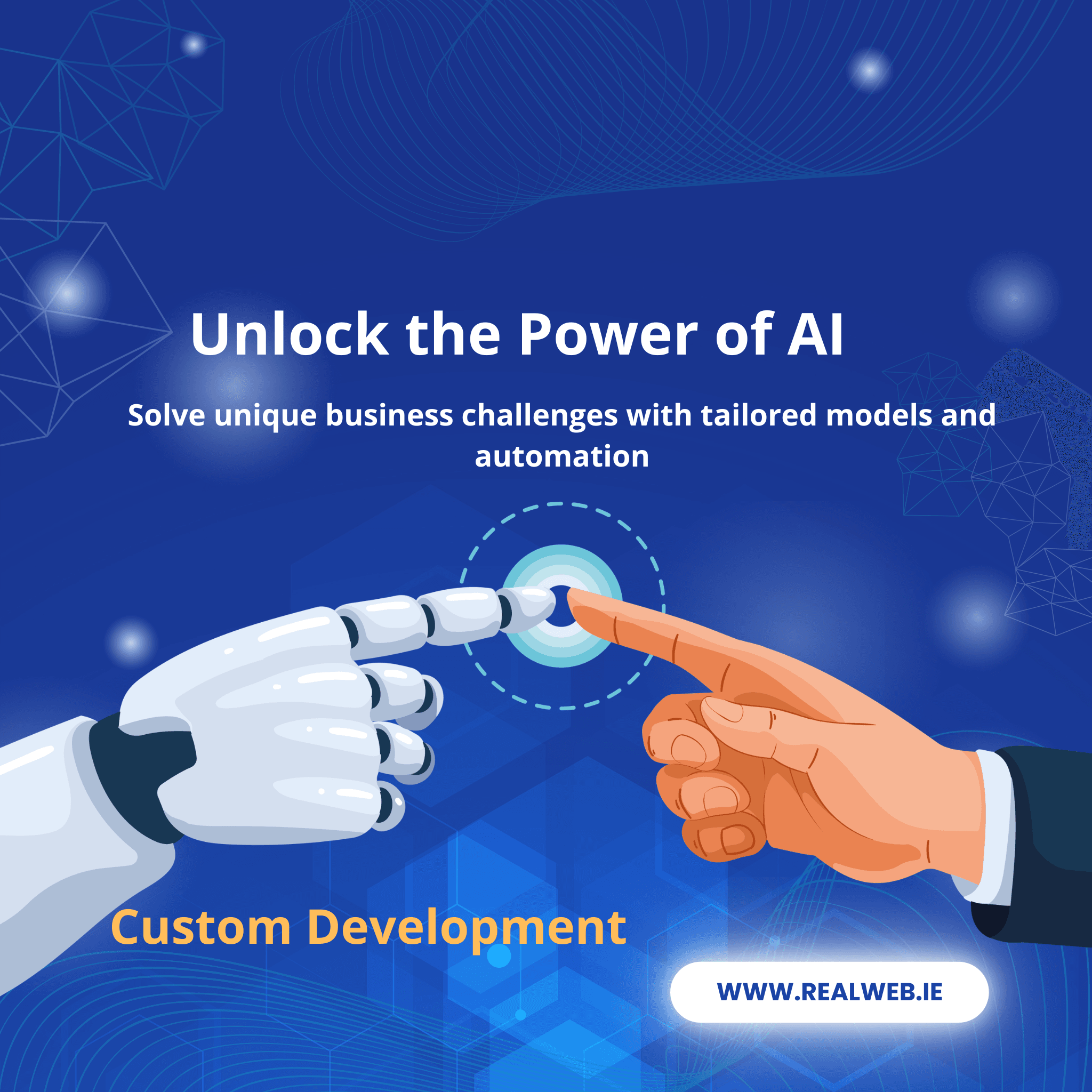Choosing the right web development framework for Website development dublin is crucial for the success of your project. With a wide range of frameworks available, each offering different features, performance, and ease of use, making an informed decision can be challenging. This blog will guide you through the process of selecting the best framework for your needs, focusing on key factors that should influence your choice.
Table of Contents
ToggleUnderstanding Web Development Frameworks
A web development framework is a collection of tools, libraries, and best practices that help developers build web applications efficiently. These frameworks provide a standardized way to develop and deploy web applications, saving time and reducing errors. Some popular frameworks include React, Angular, Django, Ruby on Rails, and Laravel, each with its strengths and weaknesses.
Factors to Consider When Choosing a Framework
Project Requirements
The first step in choosing a framework is to understand the specific requirements of your project. Are you building a simple blog, an e-commerce platform, or a complex enterprise application? Different frameworks excel in different areas. For example, React is known for its performance in building interactive user interfaces, while Django is praised for its robust security features, making it ideal for applications handling sensitive data.
Language Compatibility
Consider the programming language your team is most comfortable with. React and Angular, for example, are JavaScript frameworks, while Django uses Python. Choosing a framework that aligns with your team’s expertise will speed up development and reduce the learning curve.
Community Support and Documentation
A framework with a large community and comprehensive documentation is invaluable. It ensures that you can find solutions to common problems quickly and access a wealth of resources, such as tutorials, plugins, and third-party libraries. Frameworks like React and Angular have extensive communities, making them safer choices for long-term projects.
Performance and Scalability
Performance is a critical factor, especially for large-scale applications. Some frameworks are lightweight and optimized for speed, while others offer features that may slow down your application. Scalability is also important; as your project grows, your framework should be able to handle increased traffic and data without significant performance degradation.
Security Features
Security is a top priority in web development. Some frameworks come with built-in security features that protect against common vulnerabilities like SQL injection, cross-site scripting (XSS), and cross-site request forgery (CSRF). Django, for instance, has robust security measures out of the box, making it a preferred choice for projects requiring high security.
Development Speed and Time-to-Market
The time it takes to develop and launch your application is another critical consideration. Some frameworks, like Ruby on Rails, are designed to speed up the development process with features like scaffolding, which automatically generates parts of the application. If you need to bring your product to market quickly, a framework that enhances development speed may be the best choice.
Ease of Maintenance
Maintenance is a long-term consideration. A framework that allows for easy updates, debugging, and feature additions will save you time and resources in the future. Laravel, for example, offers a clean and straightforward structure that simplifies maintenance, making it a good choice for projects that require frequent updates.
Cost and Licensing
Some frameworks are open-source and free to use, while others may require a licensing fee. Consider your budget and whether the framework’s cost aligns with it. Open-source frameworks like React and Angular are free and widely used, making them cost-effective options for most projects.
Popular Web Development Frameworks
React
Developed by Facebook, React is a JavaScript library focused on building user interfaces. It’s component-based, allowing developers to create reusable UI components. React is highly performant and has a large community, making it an excellent choice for projects that require dynamic and interactive interfaces.
Angular
Angular, maintained by Google, is a full-fledged front-end framework that offers a comprehensive set of tools for building web applications. It’s particularly well-suited for large-scale applications due to its strong typing (with TypeScript) and robust structure. Angular’s steep learning curve can be a drawback, but its powerful features make it worth the effort for complex projects.
Django
Django is a Python-based back-end framework known for its simplicity and security features. It follows the “batteries-included” philosophy, meaning it comes with many built-in features like authentication, ORM, and routing. Django is ideal for projects that need to be developed quickly while maintaining high security standards.
Ruby on Rails
Rails, built on Ruby, is a back-end framework designed to make web development faster and easier. It emphasizes convention over configuration, meaning developers can follow standard practices and reduce the need for decision-making. Rails is perfect for startups and businesses that need to get to market quickly.
Laravel
Laravel is a PHP-based back-end framework that focuses on elegant syntax and simplicity. It’s great for developers who want to build robust applications quickly. Laravel’s modular packaging system allows you to add only the features you need, making it a flexible choice for various types of projects.
Making the Final Decision
After evaluating the factors above, you should have a clearer idea of which frameworks align with your project’s needs. It’s essential to balance your immediate project requirements with long-term considerations like scalability, maintenance, and security.
For instance, if you’re building a large-scale enterprise application with a focus on security and performance, Django or Angular might be the best fit. If you need a highly interactive user interface with a fast development cycle, React would be more appropriate.
Conclusion
Choosing the right web development framework is a critical decision that can significantly impact your project’s success. By considering factors like project requirements, language compatibility, community support, performance, security, and ease of maintenance, you can make an informed choice that aligns with your goals. Whether you opt for React, Angular, Django, Ruby on Rails, or Laravel, ensure that the framework you choose supports your current needs and future growth, ensuring your project’s success in the long run.
Contact Realweb for Website development dublin , expert guidance and support in choosing the perfect framework for your next project.







